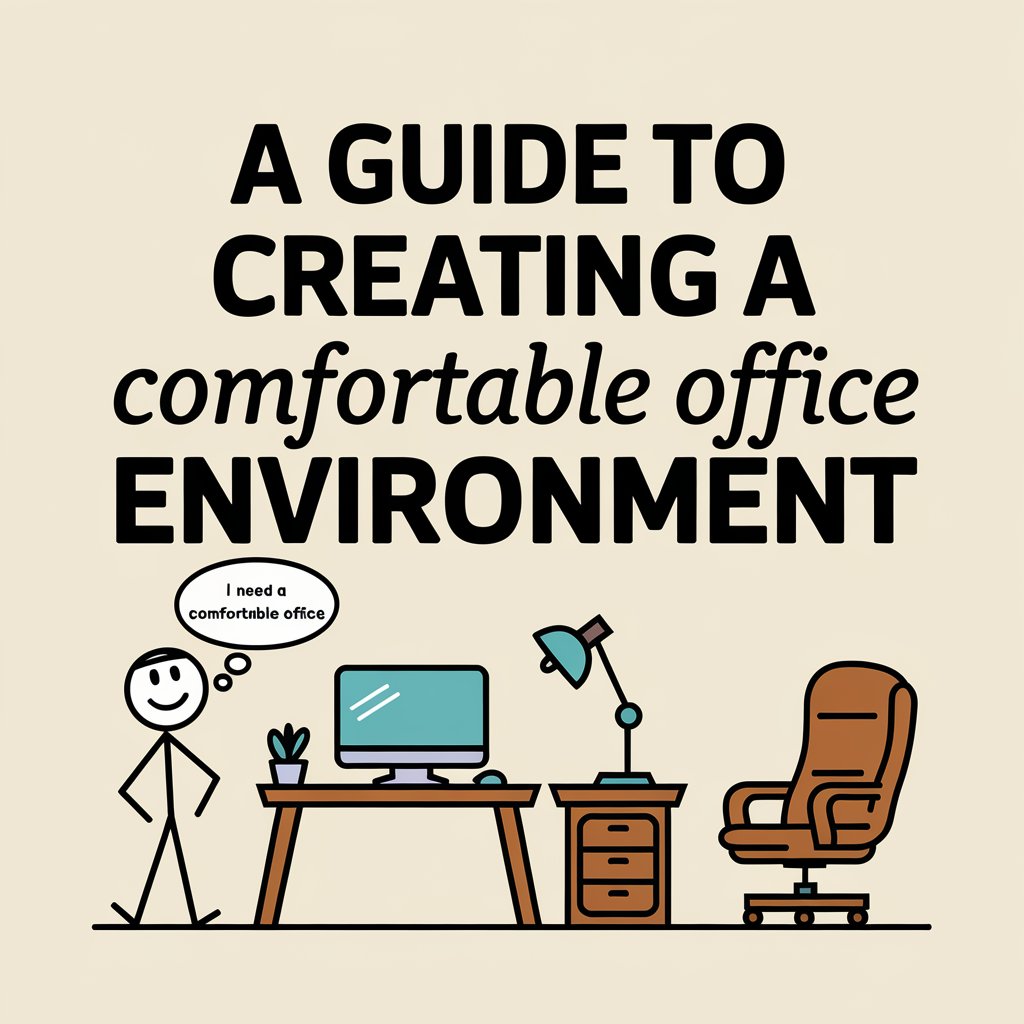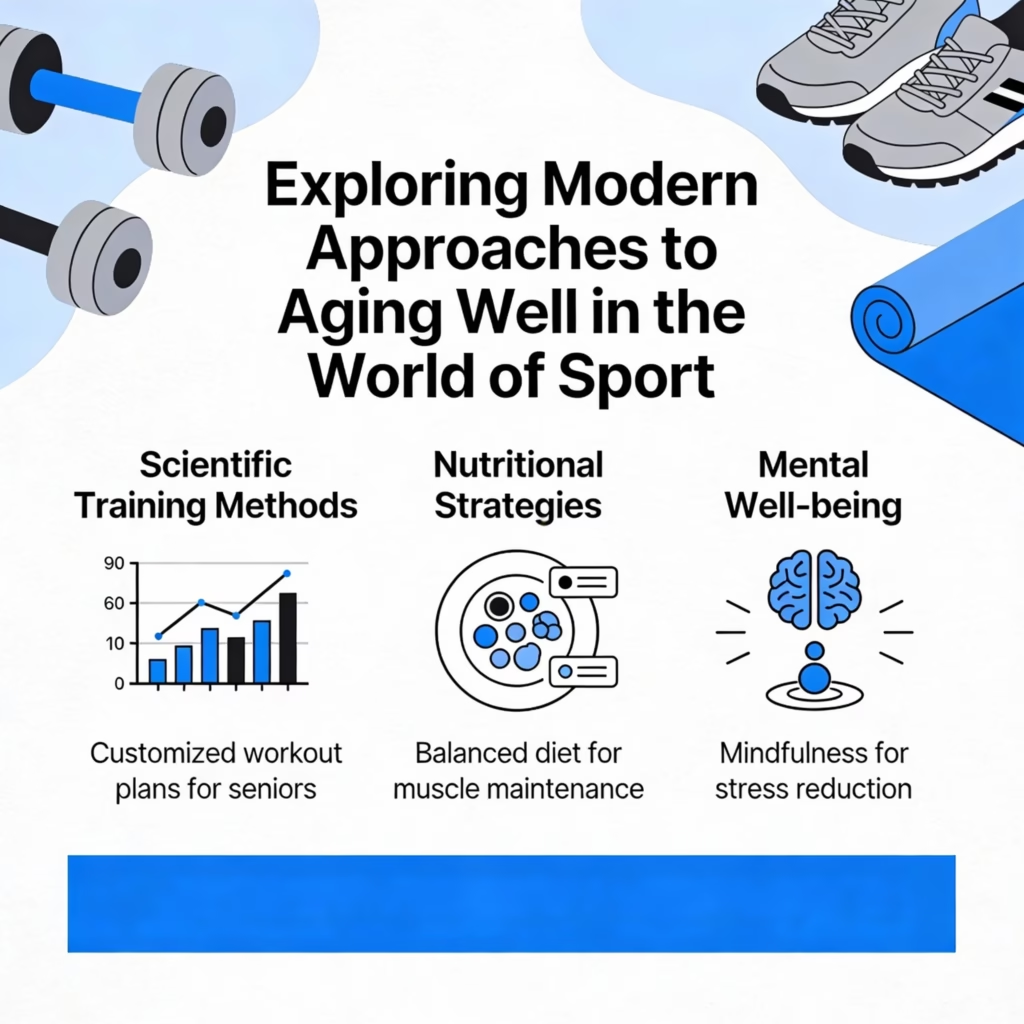A comfortable office environment is essential for boosting productivity, promoting well-being, and enhancing employee satisfaction. Whether you’re working from home or managing a company workspace, the design and atmosphere of an office can have a significant impact on your mental and physical health, as well as overall work performance. This guide will help you to create a comfy office environment that fosters creativity, focus, and a positive work culture.
Ergonomics
Ergonomics is key to comfort and health in an office setting. Investing in ergonomic furniture helps to prevent strain and injury while promoting good posture. Start with a well-designed chair that supports the natural curve of the spine, taking away stress on the lower back. Ensure the height of the desk and chair lets you keep your feet flat on the floor, with your elbows at a 90-degree angle while typing. Additionally, using a standing desk or alternating between sitting and standing can minimize the risks associated with prolonged sitting.
To reduce eye strain, position your monitor at eye level, about 20–30 inches from your face, and ensure that screen glare is minimized. Consider using an adjustable monitor stand and investing in an ergonomic keyboard and mouse to further support wrist and hand health.
Natural Lighting and Ventilation
Lighting plays a critical role in creating a comfortable office environment. Natural light boosts mood, reduces eye strain, and improves focus. If possible, set up your desk near a window to maximize exposure to natural light. Use curtains and blinds to control glare and soften direct sunlight when necessary.
If your office has limited access to natural light, opt for daylight bulbs that simulate natural light, which can help to regulate circadian rhythms and reduce fatigue. Additionally, make sure your workspace is well ventilated. Poor air quality can cause headaches, fatigue, and decreased productivity. Fresh air circulation and indoor plants can improve air quality and create a pleasant environment.
Temperature Control
The temperature in your office significantly affects comfort levels. Environments that are too hot or too cold can make it difficult to focus. The ideal office temperature is typically around 70–72°F (21–22°C), though preferences can vary. Provide options for individual temperature control, such as personal fans, space heaters, or layered clothing, to accommodate different needs. In larger offices, smart thermostats that adjust automatically based on occupancy and time of day can ensure consistent comfort for everyone. If your heating and air conditioning systems are in need of maintenance, you should regularly arrange HVAC repair services to keep them in tip-top condition.
Declutter and Organize
A cluttered workspace can cause stress and distraction, negatively affecting productivity. Keeping your desk tidy and organized creates a more pleasant and efficient work environment. Use storage solutions like filing cabinets, shelves, or desk organizers to keep papers, stationery, and other items neatly stored away. Minimalism in the office, both in terms of furniture and decor, can also promote a sense of calm and clarity, letting you concentrate better on tasks.
Personalize Your Space
Adding personal touches to your office makes it feel more inviting and comfortable. Whether it’s family photos, artwork, or a few favorite books, personalized decor can make the space feel uniquely yours. Just be mindful not to overdo it, as too much decoration can create visual clutter.
Incorporating plants is another great way to enhance your office. Plants not only purify the air but also add color and life to the space. Studies show that greenery can reduce stress and increase productivity.
Promote Movement
Comfort goes beyond physical ergonomics and extends into your work habits. Encourage movement throughout the day by taking short breaks to stretch, walk, or simply change your sitting position. Standing desks, yoga ball chairs, and even a designated relaxation area in the office can help to break up long periods of sitting. Taking regular breaks to move and stretch not only boosts comfort but also helps to maintain mental clarity and focus.






